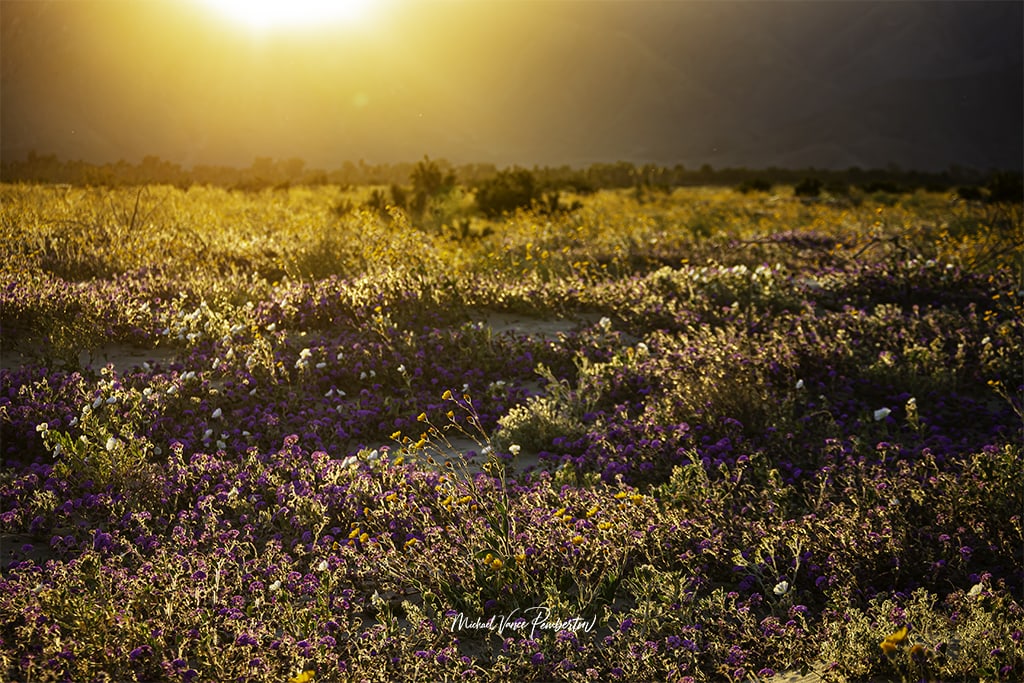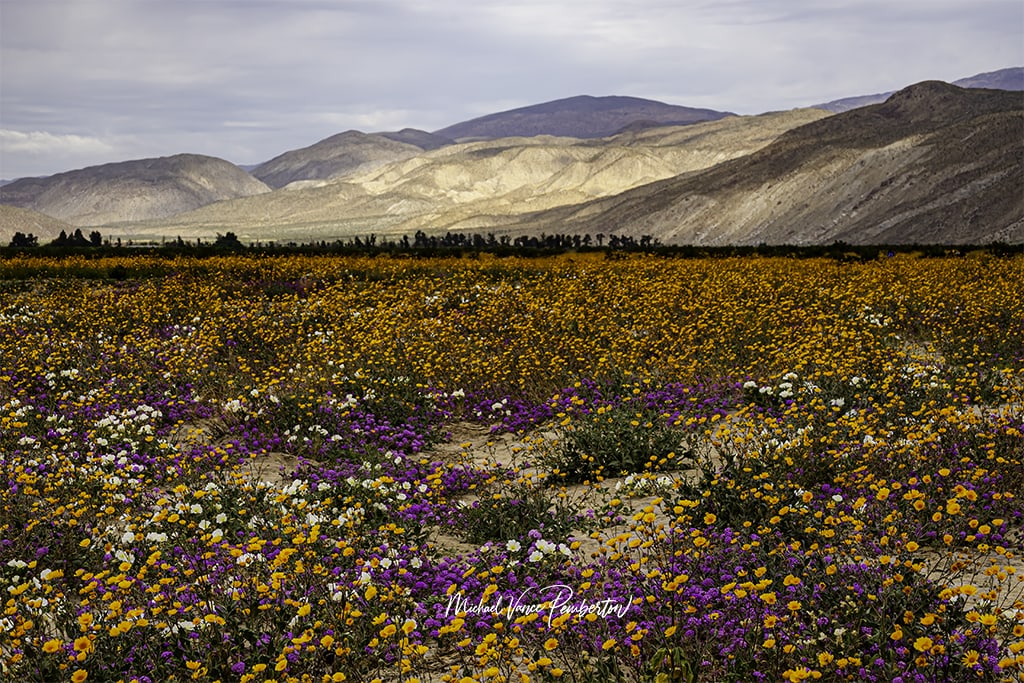
Like any art form, photography requires a solid understanding of its fundamental principles. Mastering the basics lays the groundwork for creating compelling images that captivate viewers and convey the photographer’s vision. This article delves into four essential elements of photography: focus, depth of field, white balance, and color theory.
1. Focus: Bringing Clarity to Your Vision:
Focus is the cornerstone of photography, dictating the sharpness and clarity of your images. Whether capturing a sweeping landscape or a close-up portrait, achieving precise focus is essential for creating impactful photographs.
Modern cameras offer various focus modes, including single-point autofocus, continuous autofocus, and manual focus. Understanding when to use each mode is crucial for achieving optimal results in different shooting scenarios.
Moreover, mastering focus goes beyond simply ensuring that your subject is sharp. It involves considering the depth of field or the range of distances within which objects appear acceptably sharp in an image. By controlling focus and depth of field, photographers can direct viewers’ attention to specific elements within a scene, guiding them through the visual narrative.

2. Depth of Field: Creating Dimension and Emphasis:
Depth of field refers to the area in front of and behind the point of focus that appears acceptably sharp in an image. Manipulating depth of field allows photographers to control the visual hierarchy within a scene, emphasizing some aspects while de-emphasizing others.
A shallow depth of field, achieved by using a wide aperture (e.g., f/2.8 or lower), isolates the subject from the background, creating a striking sense of separation and drawing attention to the focal point. This technique is commonly used in portrait photography to blur distracting backgrounds and highlight the subject’s features.
Conversely, a deep depth of field, achieved by using a narrow aperture (e.g., f/11 or higher), ensures that most elements in the scene are in focus. This is ideal for landscapes or architectural photography, where sharpness throughout the frame is desired.
Understanding how aperture, focal length, and distance to the subject influence depth of field empowers photographers to make informed creative choices and achieve their desired visual effects.

3. White Balance: Capturing True-to-Life Colors:
White balance refers to the overall color cast of an image, influenced by the color temperature of the light source illuminating the scene. Different light sources emit varying color temperatures, ranging from cool blue tones (e.g., overcast daylight) to warm orange tones (e.g., incandescent light bulbs).
Setting the correct white balance ensures that colors appear accurate and natural in your photographs, avoiding unsightly color casts that can detract from the image’s impact. Most cameras offer preset white balance modes such as daylight, shade, cloudy, tungsten, fluorescent, and flash, as well as the option to manually adjust the white balance for greater precision.
In addition to achieving accurate color reproduction, experimenting with white balance can yield creative results, allowing photographers to imbue their images with a particular mood or atmosphere. For example, setting a cooler white balance can enhance the serene ambiance of a snowy landscape, while a warmer white balance can evoke the golden glow of a sunset.

4. Color Theory: Harnessing the Power of Color:
Color theory plays a vital role in photography, influencing mood, perception, and visual appeal. Understanding the principles of color theory empowers photographers to create harmonious compositions that resonate with viewers emotionally.
The color wheel, a fundamental tool in color theory, organizes colors into primary, secondary, and tertiary hues and complementary and analogous color schemes. Complementary colors, located opposite each other on the color wheel (e.g., blue and orange), create dynamic contrasts and evoke a sense of vibrancy and energy in photographs.
Analogous colors, found adjacent to each other on the color wheel (e.g., red, orange, and yellow), create a sense of harmony and cohesion, ideal for conveying warmth and unity in a composition.
Moreover, understanding the psychological associations of different colors allows photographers to leverage color symbolism to convey specific messages or evoke particular emotions. For example, blue is often associated with tranquility and serenity, making it well-suited for capturing the peacefulness of a seascape or the quiet solitude of a misty forest.
Conclusion:
Mastering the basics of focus, depth of field, white balance, and color theory is essential for photographers seeking to elevate their craft and create visually compelling images. By understanding how these fundamental elements interact and influence the viewer’s perception, photographers can unleash their creative potential and communicate their vision with clarity and impact.


Recent Posts
In shadows cast by love's deceitful guise,He wandered blind, his heart the captive prize.Through realms unknown, where truth remained concealed,He followed trails of falsehood, unrevealed. Blinded...
Prepare to be amazed as the MCAS Cherry Point Air Show returns on May 11-12. This annual event, hosted by the Marine Corps Air Station (MCAS) Cherry Point in North Carolina, promises a weekend of...